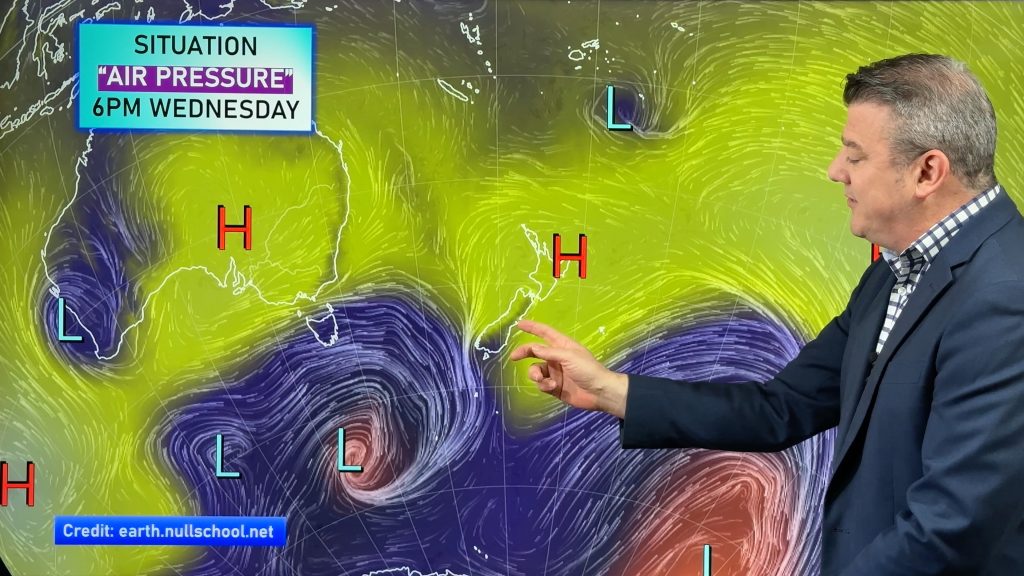
> From the WeatherWatch archives
The Aviation Colour Code for Mt Ruapehu has returned to green, the lowest code. In March it was raised to yellow, indicating some unrest for pilots to be aware of. The general alert status of the mountain was never raised.
GNS says the temperature of the Crater Lake has continued to decrease and is now around 30 °C, down from a recent peak of 41 °C in March. Other available monitored indicators also suggest a slow decrease of activity in recent weeks.
The volcano is no longer considered in a state of elevated unrest, therefore the Aviation Colour Code has been returned to Green; the Volcanic Alert Level remains at Level 1.
The temperature of the Crater Lake, which started to rise in October 2010, is now declining. The temperature of the lake peaked at 41 °C on March 1 and fluctuated around 38 – 39 °C during March. Over the past two weeks, the Crater Lake temperature has continued to decrease and is now around 30 °C.
The Crater Lake temperature has been declining steadily since late March, the lake has remained below overflow, and no earthquakes have been located within 10 km of the Crater Lake for two weeks. This indicates a reduced level of activity at Ruapehu and the volcano is no longer considered to be showing slightly elevated unrest. The Aviation Colour Code therefore is reduced from Yellow to Green.
GNS Science volcanologists continue to monitor this and other volcanoes. Ruapehu remains an active volcano and future eruptions may occur with little or no warning.
The Volcanic Alert Level remains at Level 1 (departure from typical background surface activity, signs of unrest). The Volcanic Aviation Colour Code is changed from Yellow to Green (volcano is in normal, non-eruptive state).
Comments
Before you add a new comment, take note this story was published on 3 May 2011.





Add new comment